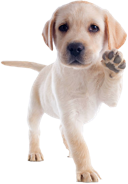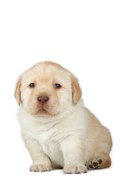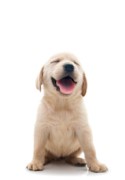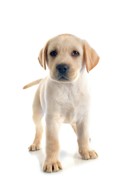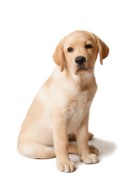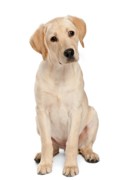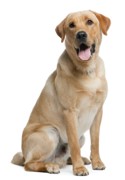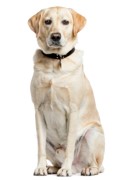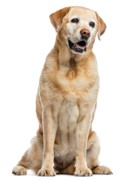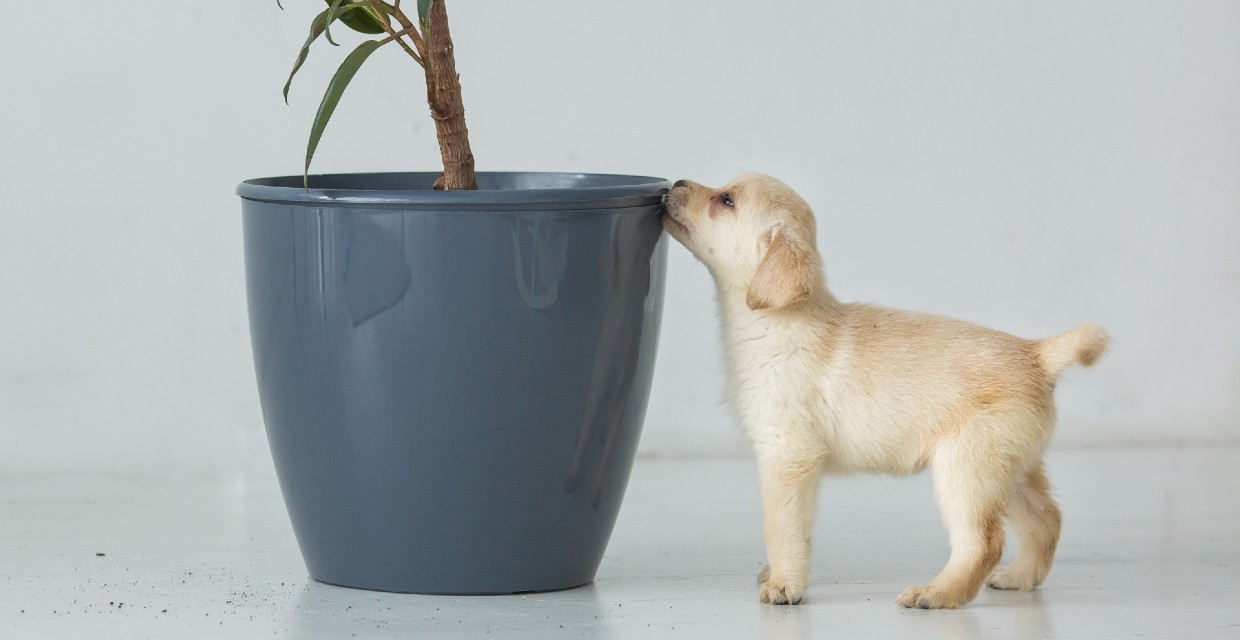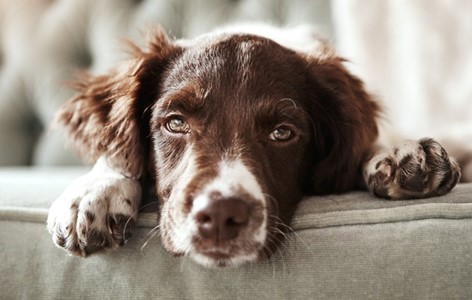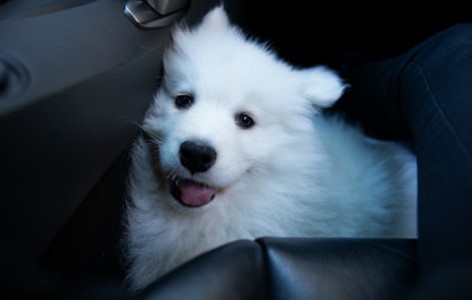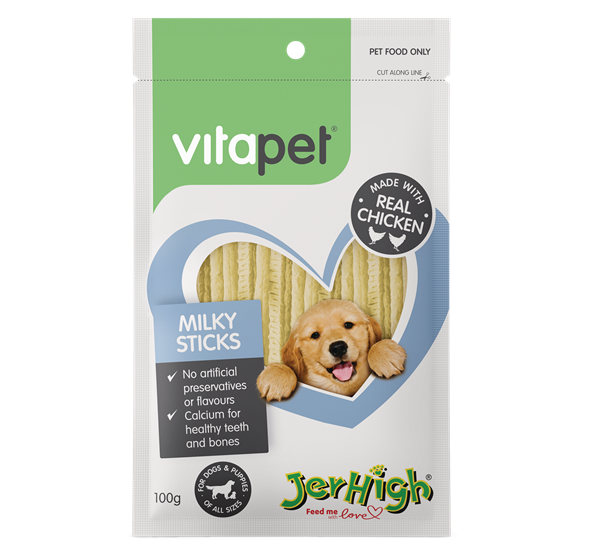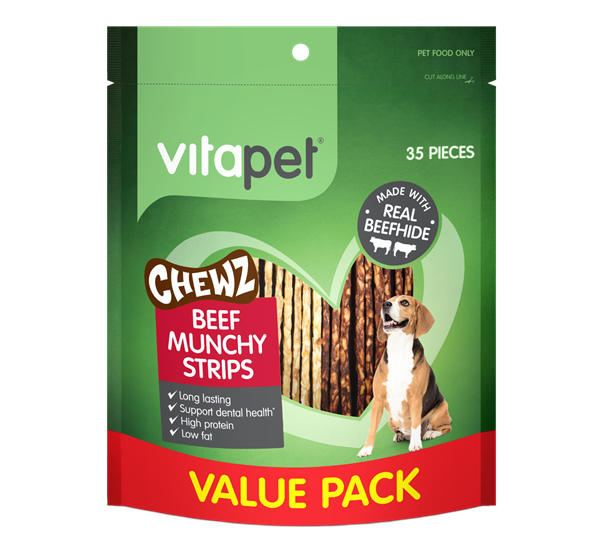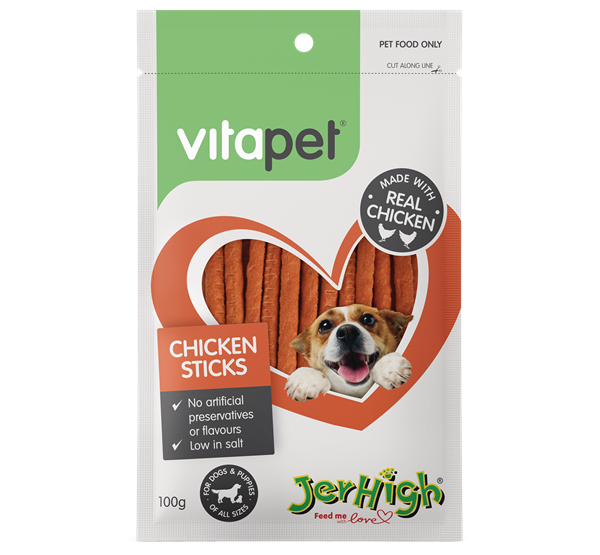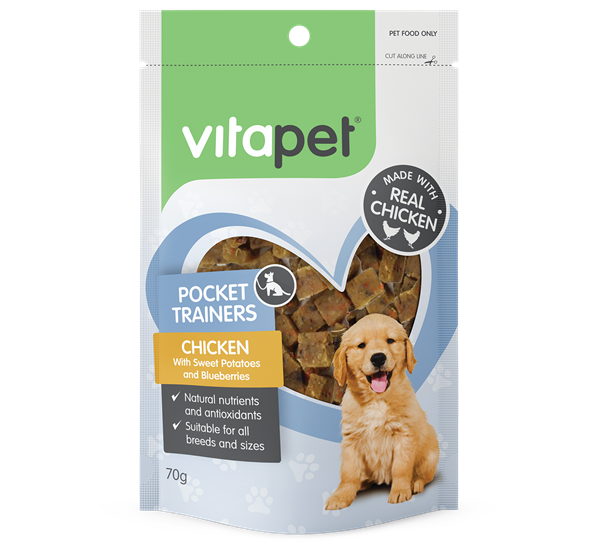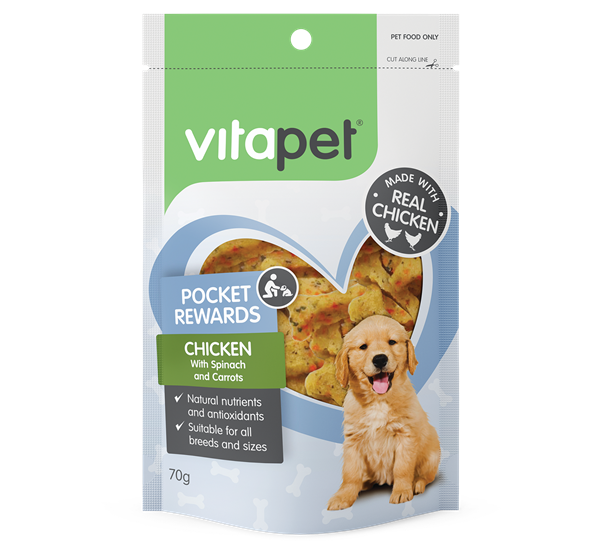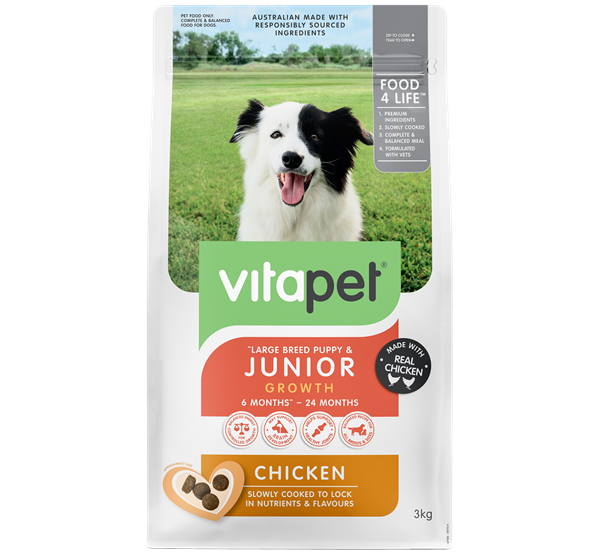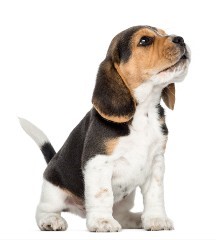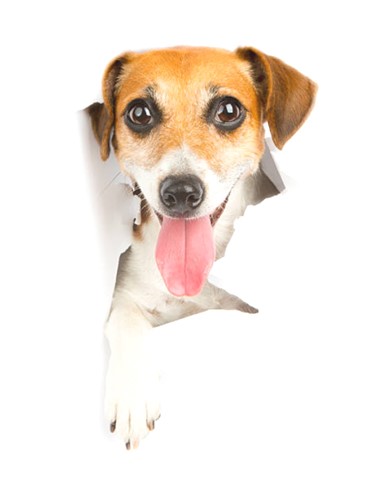Bringing home a new puppy is an exciting and joyful experience. Just like human babies, puppies are naturally curious and explore the world around them through their mouths.
To ensure the safety of your furry friend and protect your belongings, it's crucial to puppy-proof your home.
By taking a few proactive measures and making some necessary adjustments, you can create a safe and secure environment for your new four-legged family member.
1. Get Down to Their Level
Start by looking at your home from a puppy's perspective. Get down on all fours and crawl around to identify potential hazards. This will help you identify objects or substances that may pose a risk to your puppy, such as loose wires, toxic plants, or small choking hazards like buttons or coins.
By understanding what your puppy sees, you can effectively address potential dangers.
2. Secure Hazardous Areas
Puppies are full of energy and often find themselves in places they shouldn't be.
Begin by securing hazardous areas such as the kitchen, garage, or any room with cleaning supplies or toxic substances. Use childproof latches or gates to restrict access and prevent your puppy from accidental poisoning or injuries. Also, keep in mind that puppies can squeeze into small spaces, so check for any gaps or holes that need to be blocked off.
3. Store Household Chemicals
Puppies are naturally curious and may explore by licking or chewing objects. Store all household chemicals, including cleaning products, detergents, medications, and pesticides, in cabinets or high shelves that are securely latched. Remember that even seemingly harmless products, such as certain houseplants or human foods, can be toxic to dogs.
4. Safeguard Electrical Cords
Exposed electrical cords are tempting chew toys for puppies. Not only can this cause electrocution, but it also poses a fire hazard. Hide or secure cords behind furniture, use cord protectors, or consider purchasing bitter-tasting sprays specifically designed to deter chewing. Redirect your puppy's attention to appropriate chew toys or long-lasting treats to keep them entertained.
5. Remove Small Objects
Puppies love to explore their surroundings with their mouths, making small objects a significant choking hazard. Remove or securely store items like rubber bands, paperclips, jewellery, or children's toys. Pay special attention to low-lying areas such as under the couch or bed, where small objects may accumulate.
6. Protect Valuables
Puppies are naturally curious and may mistake your favourite shoes or expensive electronics as playthings. Store valuable or sentimental items out of reach or in closed cabinets. Consider using baby gates and pens to restrict access to certain rooms. Provide your puppy with a variety of engaging toys to redirect their attention from your belongings.
7. Cover Garbage Bins
A garbage bin filled with tempting food scraps can be an irresistible attraction for a curious puppy. Use bins with secure lids or store them in cabinets. Avoid keeping any toxic or hazardous waste in accessible bins. Regularly empty and clean the bins to minimise odours and keep your puppy from developing an interest in rubbish!
8. Supervise and Create a Safe Space
Supervision is key, especially during the early stages of puppyhood. Create a designated safe space with a comfortable bed, water, and toys where your puppy can rest and play when you can't actively supervise them. Consider crate training as a safe retreat for your puppy and a valuable tool for house training.
Puppy-proofing your home is an essential step towards ensuring the safety and well-being of your furry friend.
By anticipating potential hazards, securing dangerous areas, and removing or storing items that can be harmful or destroyed, you can create a safe environment for your puppy to explore and thrive.
Remember, prevention is always better than cure when it comes to keeping your beloved pet out of harm's way.

